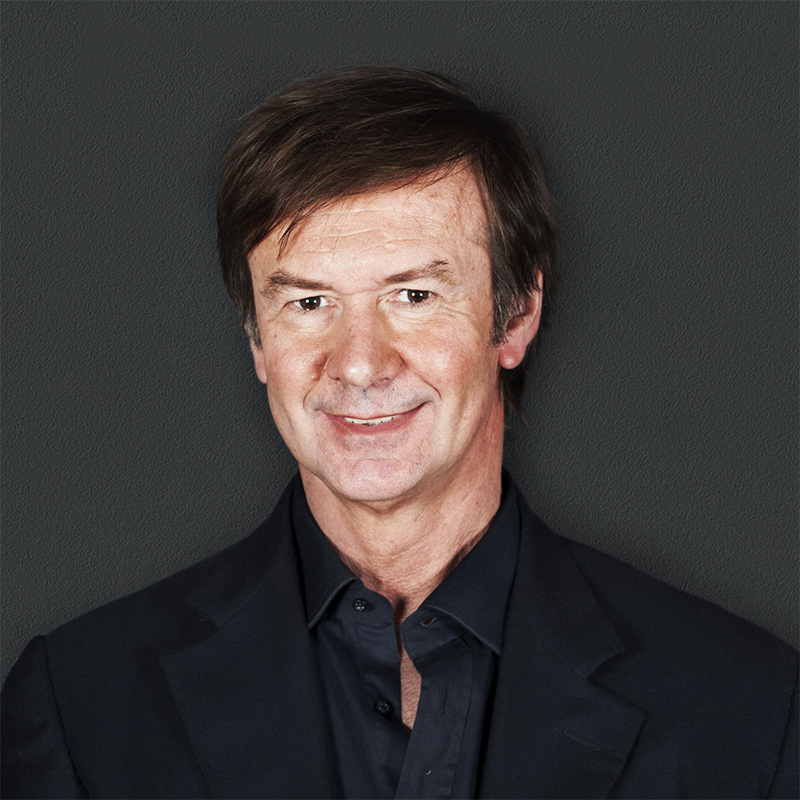Degree of Medicine and Surgery at the University of Milan in 1979.
Specialization in Odontostomatology and Dental Prosthodontics at the University of Milan in 1982.
Professor and Chairman of the Department of Periodontology at the Dental School of the University of Milan.
Member of the Board of the European Association for Osseointegration (EAO) 1998 – 2005.
President of EAO for the years 2001-2003 and Immediate Past-President for years 2004/2005.
Member of the Council of EAO for the years 2005-2011
Founder of the Italian Society of Osseontegration.
Active Member and Vice-President of the Italian Society of Periodontology (SidP) for the years 2003-2005.
Referee of the International Journal of Periodontics and Restorative Dentistry, Clinical Oral Implant Research.
He published several scientific papers and is international lecturer about the topic Periodontology, Osseointegration and Bone Regeneration.
Click here for abstract:
 Peri-implantitis associated with machined or rough surfaces: 30 years of experience
Peri-implantitis associated with machined or rough surfaces: 30 years of experience
More details are coming soon.
 Esthetics in implant dentistry and new trends in bone regeneration
Esthetics in implant dentistry and new trends in bone regeneration
In the last few years the aesthetic result of the final prosthetic restoration has become one of the most fascinating challenge in implant dentistry. As a matter of fact, the implant position is now driven more by the prosthetic request than by the quantity and the morphology of the available bone.
The introduction of the biological concepts of Guided Bone Regeneration (GBR) has determined a major improvement in the aesthetic outcomes.
A correct diagnosis based on a multidisciplinary approach, including periodontal, prosthetic and surgical parameters is crucial. The periodontal evaluation must consider different factors regarding the patient’s periodontal health and anatomy like the periodontium bio-type, amount of cheratinized gingiva and mucosa, the height and the width of available bone.
The prosthetic treatment planning has to consider cosmetics, phonetics and function.
The implant placement in a proper position is essential for at least four reasons: (1) the emerging profile of the final prosthetic restoration is influenced by the position of the implant; (2) a sufficient amount of bone must be maintained buccally, mesially and distally to the implant; (3) there must be a minimal discrepancy between the axis of the crown and the axis of the fixture; (4) A proper biological width must be respected.
In conclusion, the future is moving towards an era where less invasive treatment regimes are now available to minimize complications and side effects of a surgical procedure, decrease patients’ morbidity, increase success rates and decrease technical difficulties.


